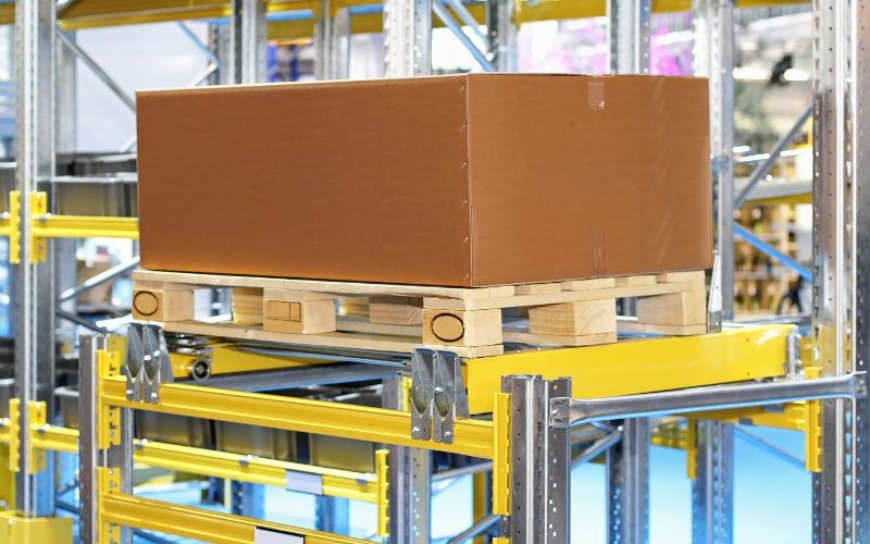Safety in the Stacks: Essential Equipment to Prevent Warehouse Accidents
The importance of safety equipment in warehouses and highlights essential items like pallet racks, guardrails, floor marking, signage, and PPE.

Maintaining a safe and productive warehouse environment is paramount. Accidents can happen anywhere, but warehouses pose unique safety challenges due to the constant movement of forklifts, heavy equipment, and large quantities of goods. Fortunately, there's a variety of essential equipment you can utilize to prevent these accidents from happening in the first place.
1. Pallet Racks and Shelving
Pallet racks and shelving are the backbone of any warehouse, providing storage for a wide range of materials. However, if not installed or used correctly, they can become a safety hazard. Here are some tips for using pallet racks and shelving safely:
- Choose the right rack for the job. Different types of pallet racks are designed for different weight capacities and applications. Make sure you're using the right rack for the materials you're storing.
- Install racks properly. Pallet racks should be installed by a qualified professional to ensure they are level, plumb, and securely anchored to the floor.
- Post weight capacities. Clearly label each rack with its weight capacity to prevent overloading.
- Train forklift operators. Forklift operators should be properly trained in safe rack loading and unloading procedures.
- Inspect racks regularly. Regularly inspect your pallet racks for signs of damage, such as cracks, bends, or rust. Damaged racks should be repaired or replaced immediately.
2. Guardrails and Bollards
Guardrails and bollards are essential for protecting pedestrians and equipment from traffic hazards in the warehouse. Guardrails should be installed around pallet rack openings, loading docks, and other areas where there is a risk of falls or collisions. Bollards can be used to protect walls, doorways, and other vulnerable areas from damage from forklifts and other moving equipment.
3. Floor Marking
Floor marking is a simple but effective way to improve safety in your warehouse. Use brightly colored tape or paint to designate walkways, traffic lanes, and work areas. This will help to keep pedestrians and equipment separate and prevent accidents.
4. Safety Signage
Safety signage is another important tool for preventing accidents. Post signs throughout your warehouse to remind workers of safety procedures, such as weight capacities, speed limits, and personal protective equipment (PPE) requirements.
5. Personal Protective Equipment (PPE)
Personal protective equipment (PPE) is essential for protecting workers from injuries in the warehouse. Common types of PPE for warehouse workers include hard hats, safety glasses, steel-toed boots, gloves, and high-visibility vests.
By investing in essential safety equipment and creating a culture of safety awareness, you can help to prevent accidents in your warehouse and keep your workers safe. Learn more here!
Additional tips for warehouse safety
- Conduct regular safety training for all warehouse workers.
- Encourage workers to report any safety hazards immediately.
- Have a plan for responding to accidents and emergencies.
By following these tips from Storage Equipment Systems Phoenix AZ, you can create a safe and productive warehouse environment for everyone.

 johnbagby
johnbagby 










